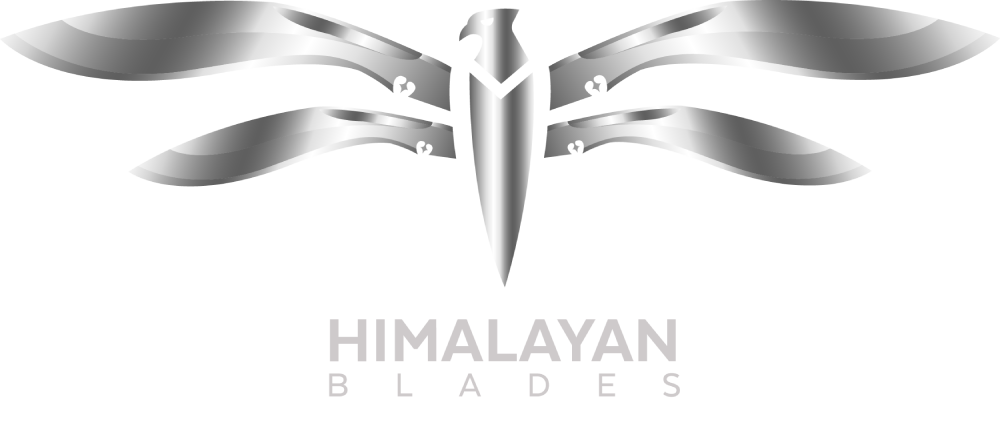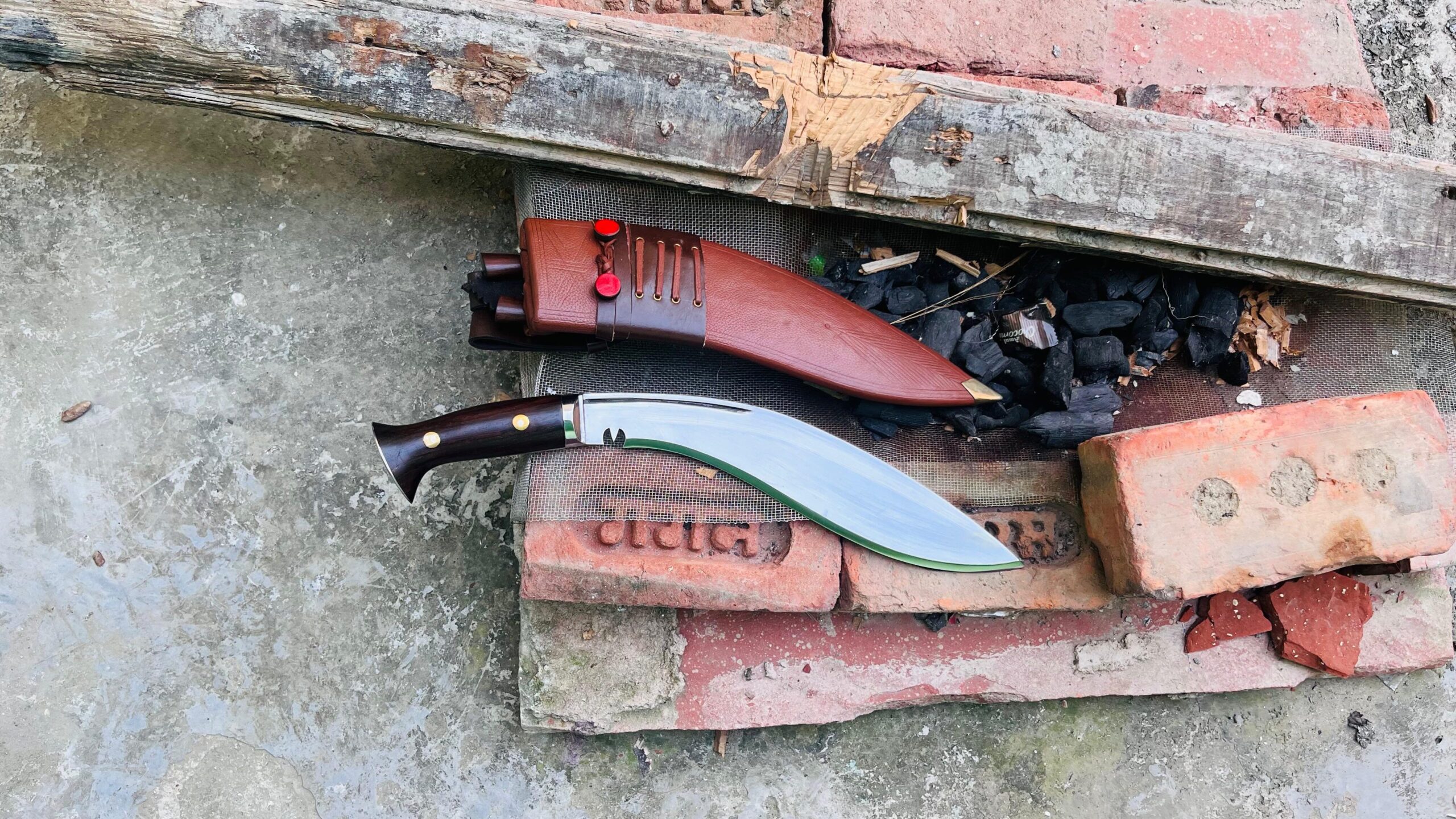
The History and Significance of the Khukri: From Nepal to the World
The Khukri, a curved blade of unmistakable design, is far more than just a tool or weapon. It carries with it a deep-rooted legacy that intertwines with Nepal’s rich history and culture, symbolizing strength, resilience, and tradition. Known for its iconic shape and legendary use by the fearless Gurkha soldiers, the best kukri knife has earned its place as one of the world’s most recognized and revered blades. This blog delves into the fascinating history and significance of the Khukri, tracing its journey from the heart of the Himalayas to its global fame.
Ancient Origins: The Birth of the Khukri
The exact origin of the Khukri is debated among historians, but it is widely believed that the blade has existed for over 2,000 years. Some scholars trace its design to the ancient Greek kopis or the Indian sickle sword, which were used in early military campaigns across Asia. However, it is in Nepal that the Khukri took on its unique identity, evolving into the curved blade we recognize today.
In ancient Nepalese society, the Khukri was not just a weapon of war but a tool for daily life. Farmers used it for clearing vegetation, chopping wood, and preparing food, while hunters found it indispensable for survival in the dense jungles of Nepal. Its versatility made it a vital part of rural life, and its ergonomic design ensured efficiency and effectiveness in both combat and utility.
The Khukri and the Gurkha Legend
The Khukri became globally renowned during the 19th century, largely due to its association with the Gurkha soldiers. The Gurkhas, a group of elite Nepalese warriors, were first recognized for their bravery and skill during the Anglo-Nepalese War (1814–1816). Armed with their Khukris, the Gurkhas fiercely defended their homeland against British forces, earning a reputation for fearlessness and combat prowess.
So impressed were the British that, following the war, they began recruiting Gurkhas into their army. The Khukri became the Gurkha’s weapon of choice and a symbol of their indomitable spirit. To this day, it is said that when a Gurkha unsheathes their Khukri in battle, it must “taste blood” before it is re-sheathed. This legend, while dramatic, underscores the blade’s deadly efficiency and the deep respect it commands on the battlefield.
Symbolism and Cultural Importance in Nepal
In Nepal, the Khukri is more than a weapon; it is a symbol of national pride, representing bravery, honor, and the warrior spirit of the Nepalese people. It has become an integral part of Nepalese culture, featuring prominently in rituals, ceremonies, and everyday life.
During important festivals like Dashain, the Khukri is used in religious ceremonies to sacrifice animals to the goddess Durga. This practice symbolizes the triumph of good over evil and reinforces the Khukri’s role as a protector. The blade is also passed down through generations, serving as a family heirloom that embodies strength and heritage.
Many Nepalese homes keep a Khukri displayed as a symbol of protection, believing that the presence of the blade wards off evil spirits. As a result, the Khukri is not just an instrument of warfare or work but a deeply spiritual object that holds cultural and ancestral significance.
From Nepal to the World: Global Recognition
The Khukri’s fame spread globally due to its unique design and association with the legendary Gurkhas. After the British incorporated the Gurkhas into their army, the Khukri was seen in conflicts around the world, from World War I and World War II to modern-day peacekeeping missions.
Today, the Khukri is recognized as one of the most effective fighting blades in the world. Its distinct curve allows it to deliver powerful, slicing blows, making it a preferred tool for outdoor adventurers, survivalists, and even military personnel. The blade’s craftsmanship has also become a mark of quality, with collectors worldwide seeking authentic, handmade Khukris from Nepal.
Modern Use and Legacy
In modern times, the Khukri remains a versatile tool, widely used in both civilian and military contexts. It has become a popular blade for outdoor activities like camping, hiking, and bushcraft due to its multifunctional design. Its lightweight yet durable structure allows it to chop wood, clear paths, and perform other tasks with ease.
Collectors and martial arts enthusiasts alike appreciate the Khukri for its craftsmanship and history. Many still prefer the traditional, hand-forged Khukris made by skilled artisans in Nepal, ensuring that the legacy of this ancient blade continues in the modern era.
The Khukri is also a common sight in international ceremonies, where it is used to symbolize unity, strength, and the enduring bond between Nepal and the world. Whether wielded by a Gurkha soldier in defense of their nation or used by a craftsman in a Nepalese village, the Khukri remains a timeless symbol of courage and heritage.
Conclusion: The Khukri’s Enduring Significance
The Khukri’s journey from a humble tool in the hands of Nepalese farmers to a global symbol of strength is nothing short of remarkable. Its deep connection to Nepal’s history, culture, and military tradition has made it an enduring icon of bravery, resilience, and pride. Today, the Khukri continues to capture the imagination of people worldwide, its legacy living on in the hearts of those who wield it, collect it, or simply admire its beauty.
Whether you are a knife enthusiast, a history buff, or someone who appreciates finely crafted tools, the Khukri is more than just a blade. It is a story—a story of a people, a culture, and a spirit that refuses to be broken.





